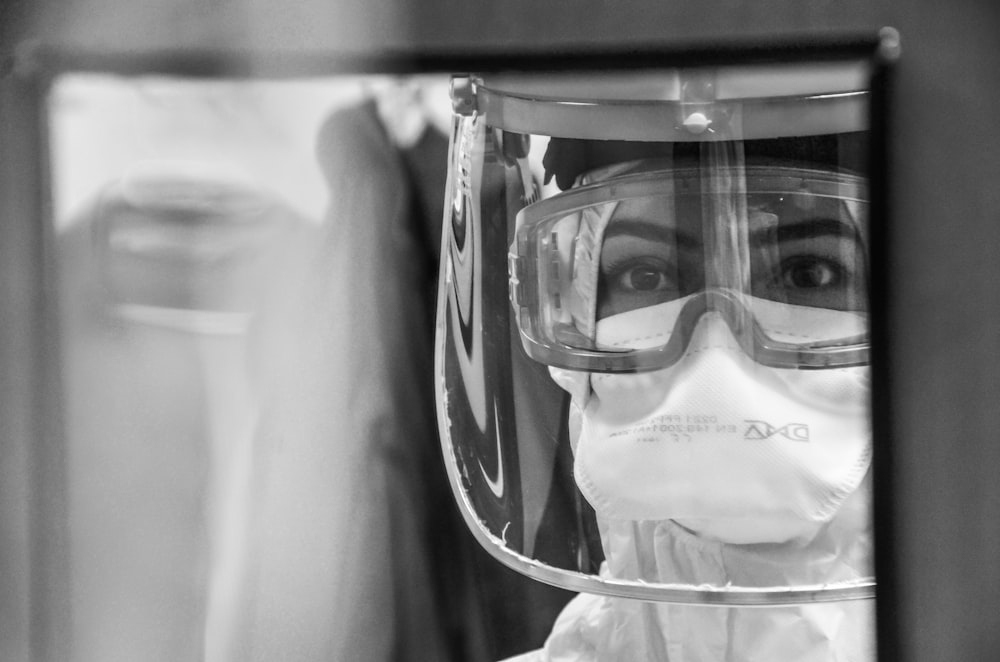
There is a proven financial benefit and reduction in risk with more diverse leadership teams and workplaces. As discussed in The International Risk Podcasts previous article ‘Why we need feminism: how employers can help close ‘the gap’ promoting diversity has proven financial benefits, as well as benefiting employees’ social lives, their productivity, prompting innovation and success. For this reason, many workplaces have policies that actively seek to promote diversity but with more diversity comes more complex needs to navigate. Despite many companies’ success in promoting diverse workforces often we still find a disproportionate number of homogenous stereotypes in senior positions which means that sometimes the needs of diverse individuals and groups are overlooked because risk managers are employing measures that contain unforeseen biases that protect decision-makers but not others. Kelsey Hoppe, an expert on women’s security, believes that many of our current approaches to security miss the mark because we do not have inclusive strategies which encompass all individuals, and therefore, often we must create additional security measures to accommodate the complex needs of diverse groups.
The risk industry is not alone. For all of human history, the lives of men have been taken to represent those of humans overall. Entertainment, news, literature, science, economics, history and infostructure are all delivered with men in mind, leaving behind the nuances which appeal to and represent minority groups. This continued male narrative has been a regular facilitator of modern discrimination.

There are various examples where women are not only disadvantaged but put at risk because men have disproportionately influenced the world, we all live in. Here are some examples that highlight the risks of insufficient and diverse inclusion:
- The formula to determine appropriate and comfortable office temperature was developed in the 1960s. This was based on the metabolic resting rate of the average man. The formula used has overestimated the female metabolic rate by as much as thirty-five percent, meaning that offices are on average five degrees too cool for most women. This puts women at risk of illness and uncomfortable, less productive working environments.
- Workplace cancer research is mostly conducted on men. This is despite breast cancer figures in the industrialized world continuing to rise over the last half-century. By failing to do research on females the current data fails to identify what is causing the rise in cancer and risks the health of thousands of women working with toxic chemicals.
- The standard quantity of cement is a comfortable weight for the average man to carry but is too heavy for most women. There is no reason practical reason that cement bags are so large and so heavy. This not only discourages women from seeking roles in construction, but it also means women are more at risk of injury in the workplace.
- Personal protective equipment (PPE)for public service providers (medical staff, police force, fire brigade) is made for men meaning that the PPE is too large for many women. The PPE is made to fit male features, e.g., narrow hips, flat chest and a wider nose. This is not only inconvenient but, in some cases, deadly. Famously in the 1970s a British female police officer was stabbed and killed while using a hydraulic ram to enter a flat. She was not wearing her body armour at the time because it restricted her movement when using the ram. Later, another female police officer came forward having no choice but to have a breast-reduction surgery because of the health implications of wearing her body armour. 700 more officers came forward to complain about the standard-issue protective vest. The failure to adequately consult and engage all people exposed to risk in the workplace meant that the existing risk mitigation strategies were fundamentally flawed.
- Perhaps one of the most shocking examples of women being put at risk needlessly every day are cars. Crash-test dummies were first used in the 1950s, and for years were based around men. The typical dummy is 1.77m tall and weighs 76kg which is significantly larger than an average woman. Furthermore, the dummy has male muscle-mass proportions and a male spinal column. 2011 was the first time that this problem was acknowledged in the US, and they started to use female crash-test dummies. However, the dummy is not required to be used in many of the tests and has been described by researchers as a scaled-down male dummy. This leads to alarming figures and unnecessary risk exposures to many people globally. If a woman is in a car crash, she is 47 percent more likely to be seriously injured compared to a man. She is 71 percent more likely to be moderately injured and she is also 17 percent more likely to die.
The above examples demonstrate the risks of being a woman but there are many more examples of where a world designed for one group of people seriously increases the likelihood and impact of risks faced by other groups. This demonstrates the importance of inclusive policies, processes, and systems.
Internationally risk managers understand that processes and systems are important but getting these systems right- it is crucial for successful risk management and efficient operations. Ensuring that all personnel, regardless of their individual traits and qualities, are protected and included in risk management processes leads to better risk management and successful enterprise risk management frameworks. It is important that risk managers consider the safety of all groups by considering the makeup of the workplace. In order to create a risk management plan which accommodates the needs of all personnel, it is important to acknowledge our differences and the individual needs which come with these differences. These differences include:
- Age
- Gender
- Ethnicity
- Sexual orientation
- Disability
- Nationality
- Educational/industry background
- Veteran status
- Company tenure
- Risk committee tenure
Unfortunately, as we explored above, there are many risks posed to certain groups which are overlooked, these risks are extended to the workplace. This is because managers are often in the category of white-male and therefore are not affected by certain issues. This results in differences being overlooked until risk strategies have been employed by organizations. It is only when a member of a minority group is deployed that the risks they will encounter are acknowledged by an organization, rather than it being encompassed in the strategic plan already. We should be creating a risk strategy that caters to all needs. This is not to treat all individuals as the same, instead, it is to acknowledge our differences to appreciate one another, appreciate our individual needs, struggles and risks, and by doing so we create an inclusive strategy that is intersectional in its approach. If we can achieve a process that is completely intersectional, we are ensuring the security of all personnel and acknowledge the fluidity and complexity of all people.